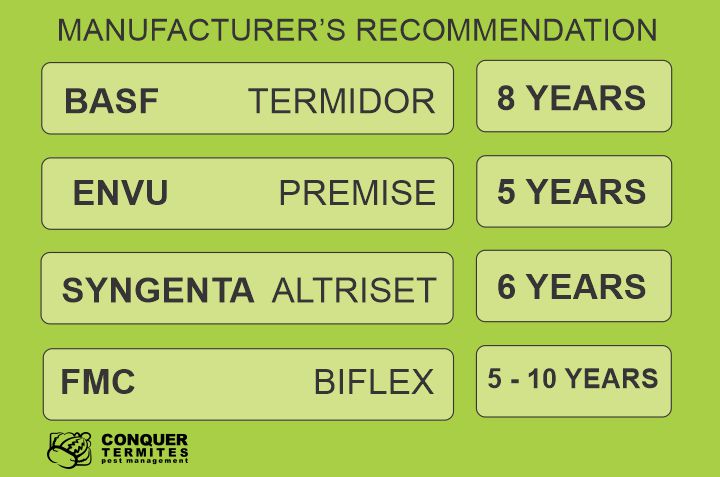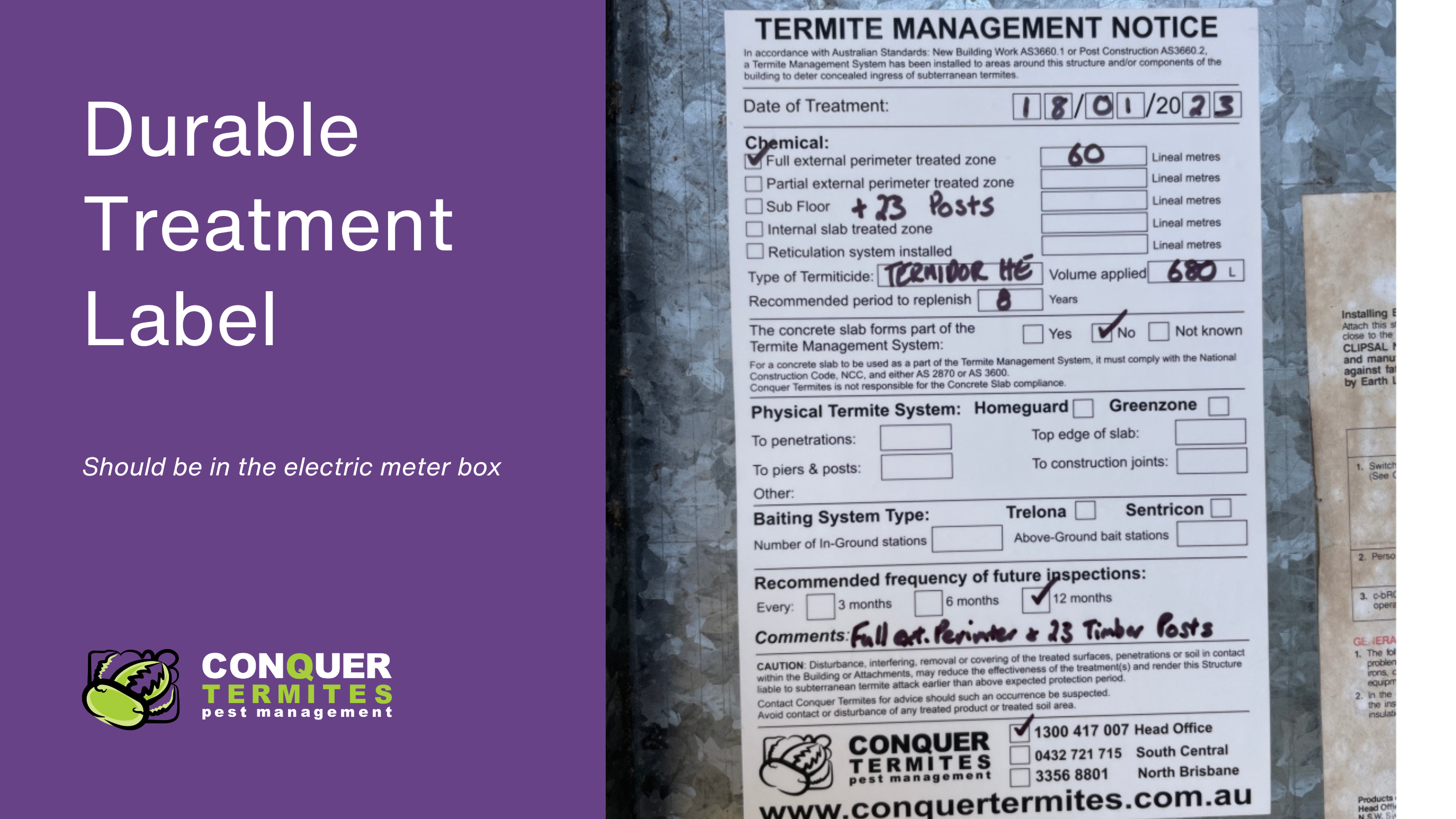Home
About
Articles
Contact
Pest Inspections
How Is A Termite Inspection Done
Termite Inspection Detection Devices
Pre Purchase Inspection
Invasive Inspections
Termite Inspection Cost
Conquer Termites’ Digital Report
How Often Should You do a Termite Inspection
Five Things to Consider Selecting a company
Why to Choose Conquer Termites
Consumer Warnings






